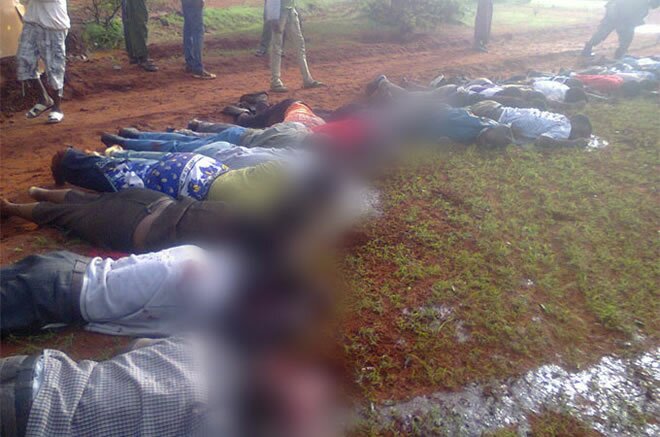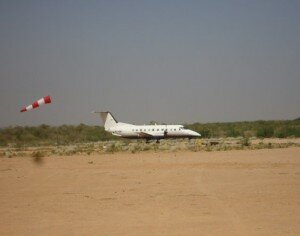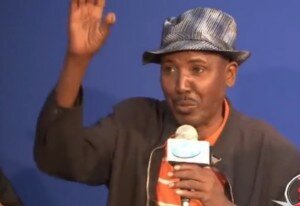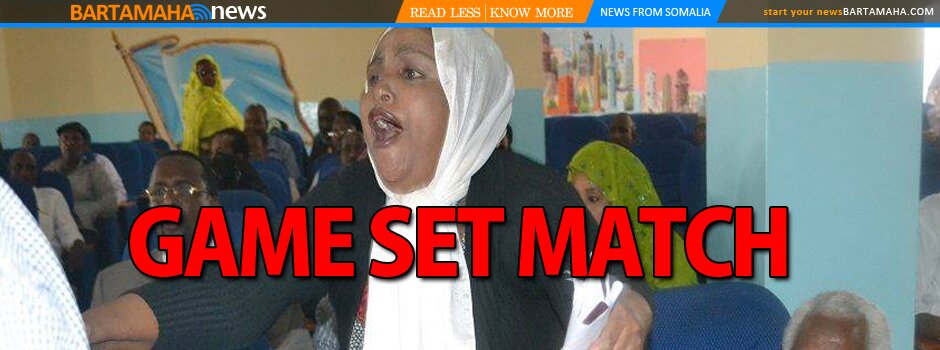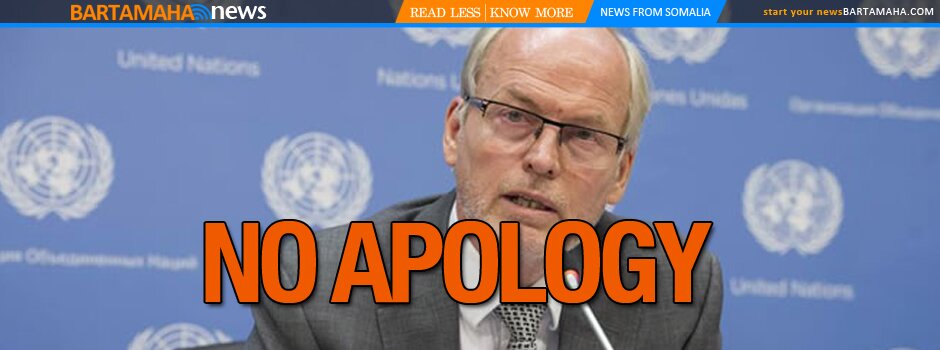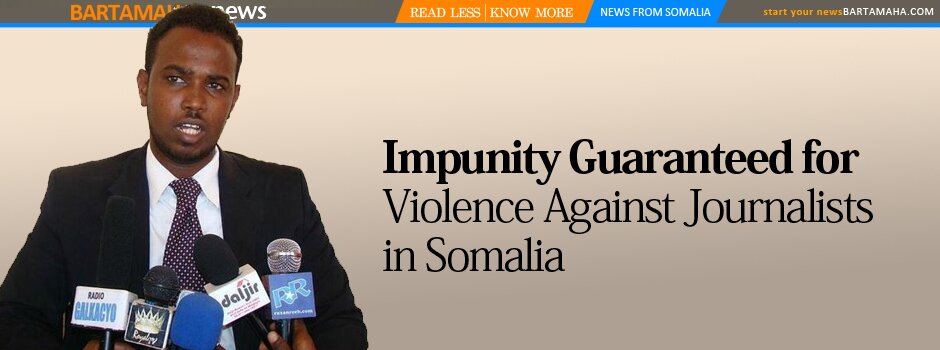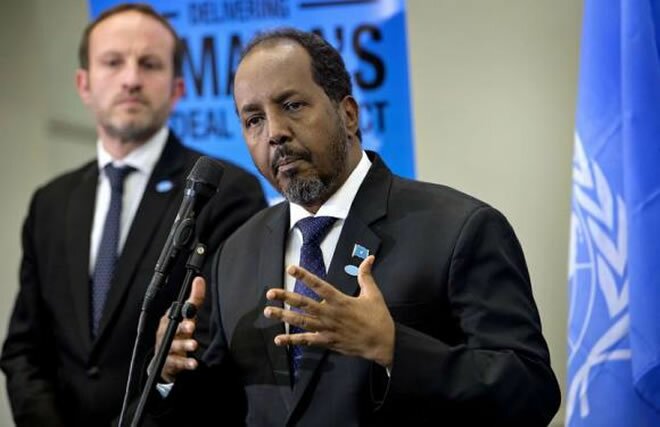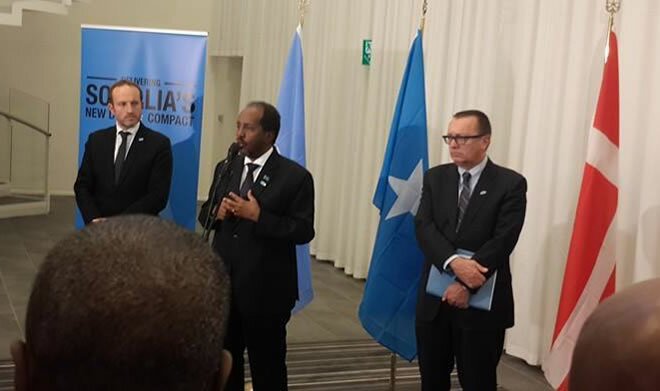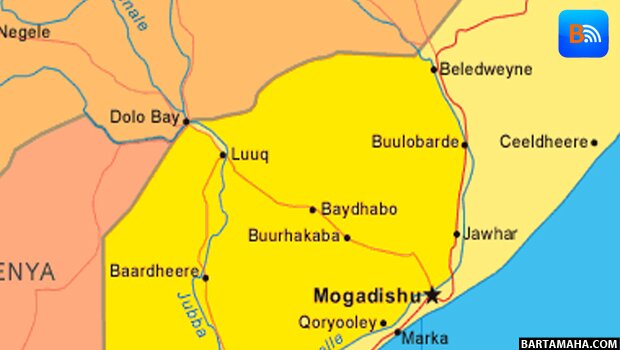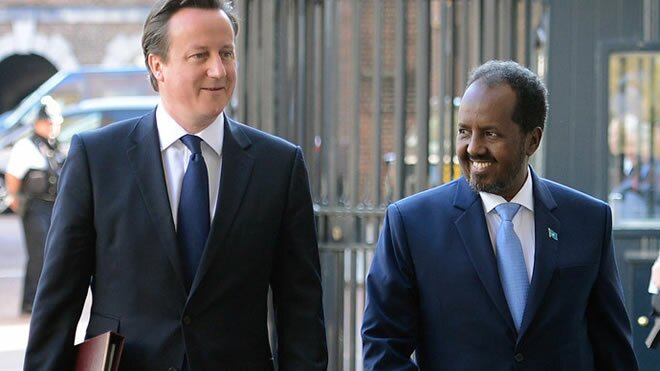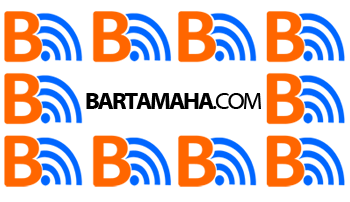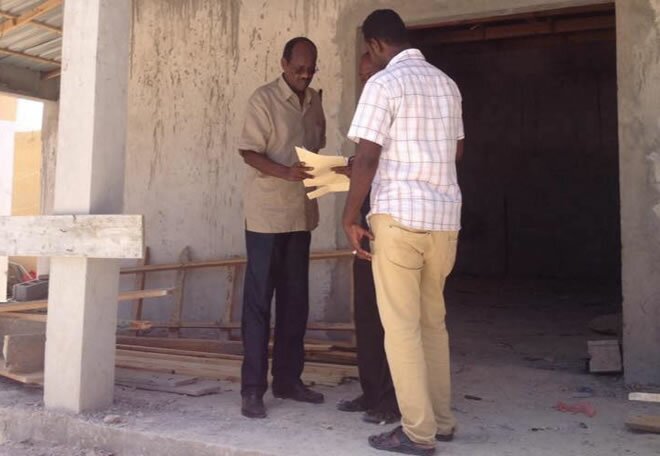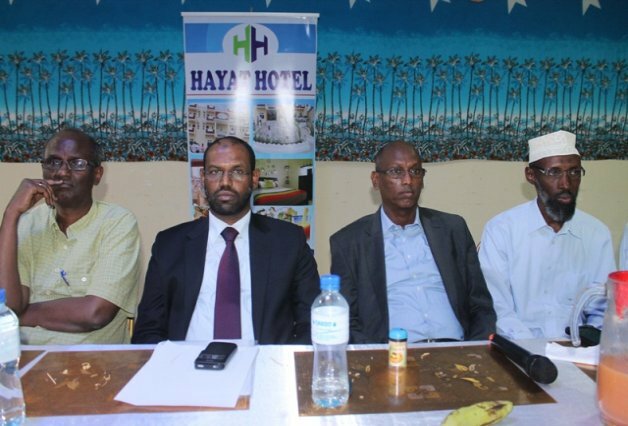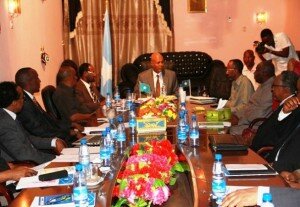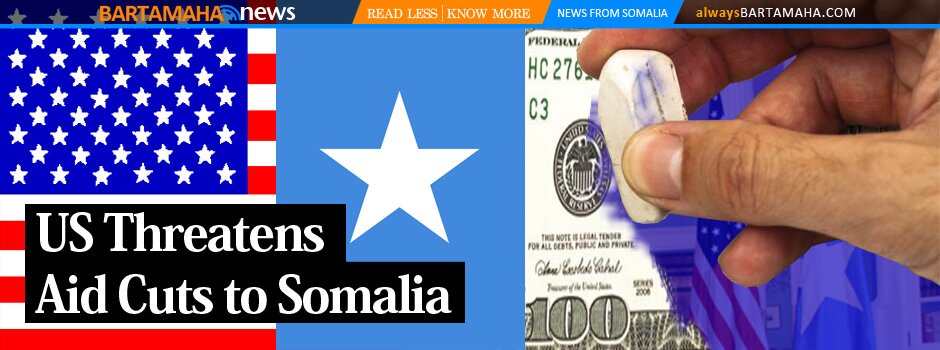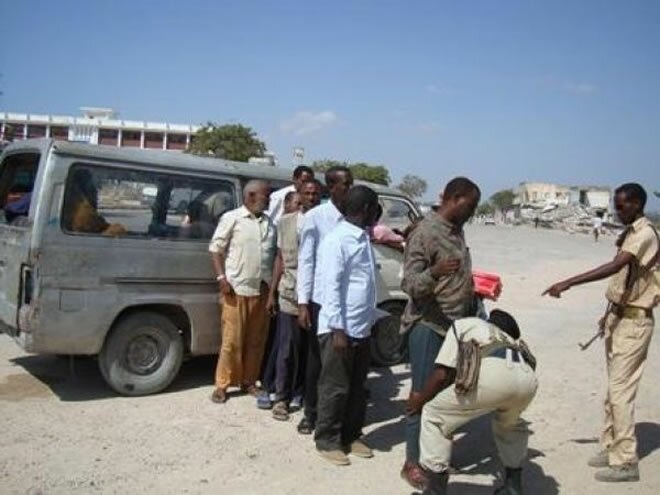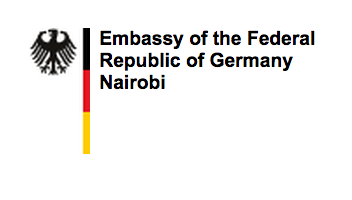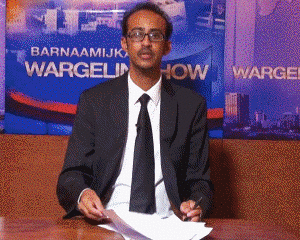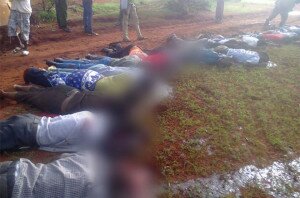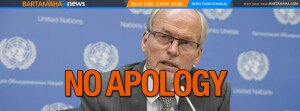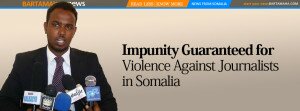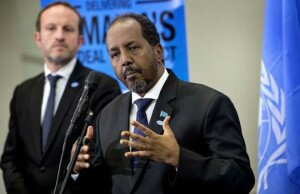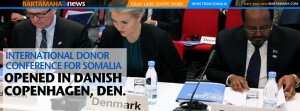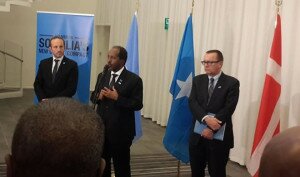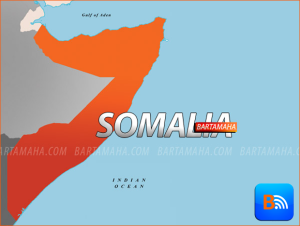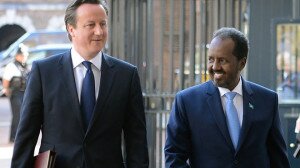FACTBOX-Main actors in Somalia’s conflict
(Reuters) – Somalia’s long-running civil conflict has flared again this month, with battles in Mogadishu between Islamist rebels and government forces.
Here are the main actors in Somalia’s war:
GOVERNMENT:
* The government of President Sheikh Sharif Ahmed — himself a moderate Islamist and former rebel — controls only a few districts in central Somalia and some of the capital Mogadishu. It has been unable to defeat the Islamist insurgents, but has had limited success in enticing some rebel leaders away. The government suffers from internal divisions and the loyalty of some of its security forces is also in question. It is endeavouring to built a 20,000-strong force, but says it needs more money from international donors to achieve that.
ISLAMIST GROUPS
* Al Shabaab is a hardline group fighting the government. It wants to drive foreign forces out of Somalia and impose a strict form of Islamic law throughout the country. It was created as the armed wing of the Islamic Courts Union that controlled Mogadishu and much of the south in 2006. The United States has placed Shabaab on its terrorism list. Analysts say the group is the best-financed and militarily strongest of the insurgents. It controls large parts of the capital and southern Somalia.
* Ahlu Sunna Waljamaca is a moderate Islamist group aligned with the government. The group is led by Sufi clerics and has fought and successfully beaten back Shabaab in parts of central Somalia. Stung by some Shabaab practices including desecration of graves, it has vowed to oust the group from other areas. It says the Somali war is sponsored by al Qaeda and other forces, and has nothing to do with Islam.
* Hizbul Islam is an umbrella organisation of four opposition groups led by hardline cleric Sheikh Hassan Dahir Aweys, who is an influential figure among Islamists. The group is aligned and fights alongside Shabaab in a bid to topple the Western-backed government.
FOREIGN ACTORS:
* Ethiopia entered neighbouring Somalia in late 2006 to oust the Islamic Courts Union from the capital, occupying much of the south until early this year. Addis Ababa sees any groups who may stoke separatist tensions in its southern, Somali-dominated Ogaden region as a threat to its national security. In the mid-1990s, Ethiopia crushed the al-Itihaad al-Islaami group led by Aweys and other figures in the current insurgency. It says it reserves the right to intervene again if necessary. Residents, rebels and aid workers say some Ethiopian troops crossed the border last week. Addis denies this.
* Eritrea has battled arch-enemy Ethiopia since the 1960s with a brief respite in the 1990s. The United Nations, Somali government and other groups accuse Asmara of sending weapons and providing training for Somali insurgents. Eritrea vehemently denies the accusations, saying that outside influence is what is causing Somalia’s problems.
* The African Union sent a force, now 4,300-strong, to Mogadishu in March 2007. The Ugandan and Burundi peacekeepers control little beyond the airport, the port, the presidential palace and a road linking those three places. Opposition groups say the AU presence is a sticking point to entering into talks with the government. The peacekeepers have been unable to stop the violence. The AU expects to boost troop levels to 6,000. (Writing by Jack Kimball and Abdi Guled; Editing by Giles Elgood)
Comments
comments
 Calendar
Calendar





